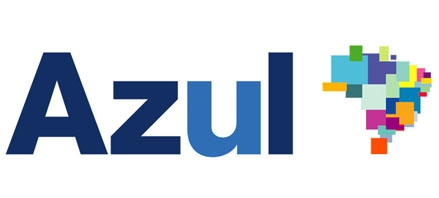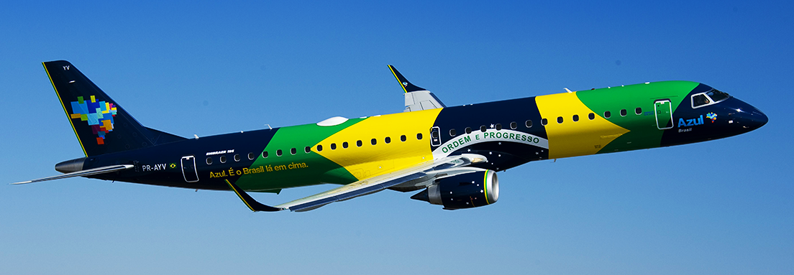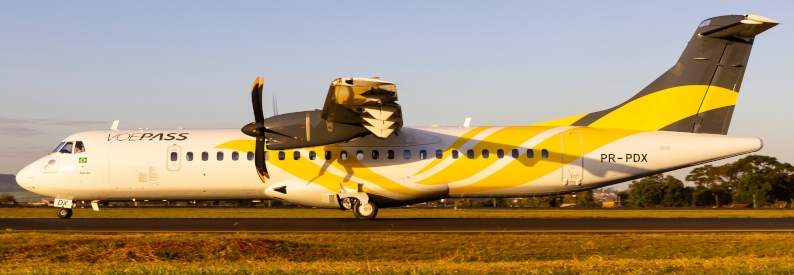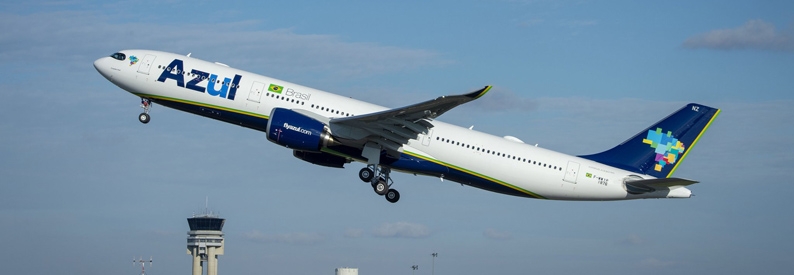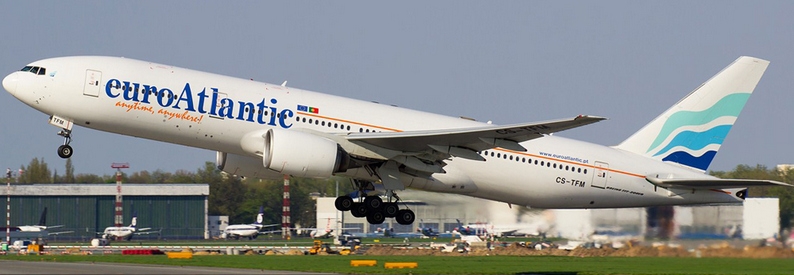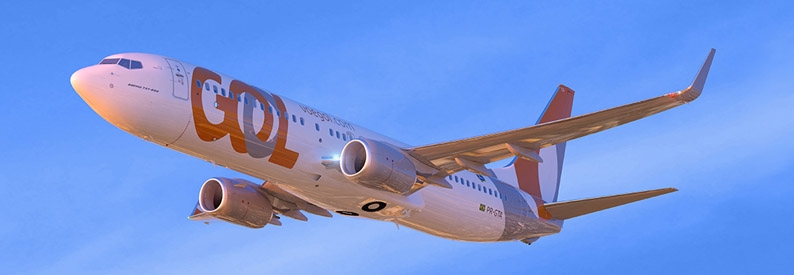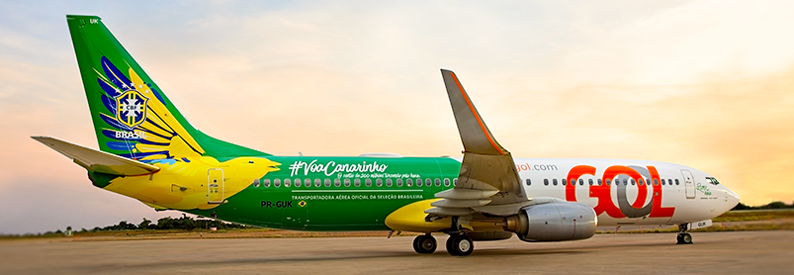Azul Linhas Aéreas Brasileiras (AD, São Paulo Viracopos) has confirmed that it is in active negotiations with its main stakeholders to “optimise the equity structure agreed upon in our capital optimisation plan last year,” after a Bloomberg report pointed out that the Brazilian airline was weighing options which included potential Chapter 11 bankruptcy protection in the United States.
Azul's operations were severely impacted in 2024 by among other things, the devaluation of the Brazilian real (currently trading at BRL5.62 reais to the greenback, against BRL4.89 a year ago), the reduction in its domestic capacity as a result of the Rio Grande do Sul floods in May, the closure of Porto Alegre International, which is set to partially reopen in October 2024, and a temporary reduction in its international capacity in the first half of the year following the exit of its A350-900 fleet, Azul reported in market update.
“As a result, Azul developed a new plan targeting an overall improvement of its profitability and liquidity position,” said the company, adding that stakeholders have been generally supportive and ongoing negotiations are progressing positively. In the meantime, it has delayed adding new widebodies to its fleet, and has urged the Portuguese government to pay a debt to TAP Air Portugal (TP, Lisbon), which is somewhere between EUR150 million and EUR165 million euros (USD165-182 million).
Bloomberg reported that Azul is actively working to merge with GOL Linhas Aéreas Inteligentes (G3, São Paulo Congonhas), trying to convince creditors that a new combined entity would have lower debt levels and better growth prospects. “To this date, [Azul] has not entered into or formalised an agreement, binding or otherwise” with Abra Group, owner of GOL Linhas Aéreas, avianca airlines, and Wamos Air, it said.
On the other hand, the carrier is looking to avoid filing for bankruptcy. It is working with Citigroup Inc. for a potential equity offering or issuing debt through its cargo unit.
“We have additional cash-raising opportunities using Azul Cargo as collateral, with a first-out capacity of up to USD800 million. Other sources of liquidity are also available. Yesterday, the Brazilian congress approved the bill that allows airlines to access recurring credit lines backed by the National Civil Aviation Fund (FNAC),” said the company. During the airline’s second quarter investors call, chief executive John Rodgerson said the government's financial aid package could offer between USD200 and USD300 million of incremental liquidity to Azul.
Azul posted a BRL4.85 billion (USD864 million) net loss in 2024’s first half. Of Brazil’s three leading carriers, Azul is the only one that has not entered bankruptcy protection in the current decade. LATAM Airlines Group filed for Chapter 11 in 2020 during the Covid-19 pandemic, while GOL Linhas Aéreas did it in 2024.
